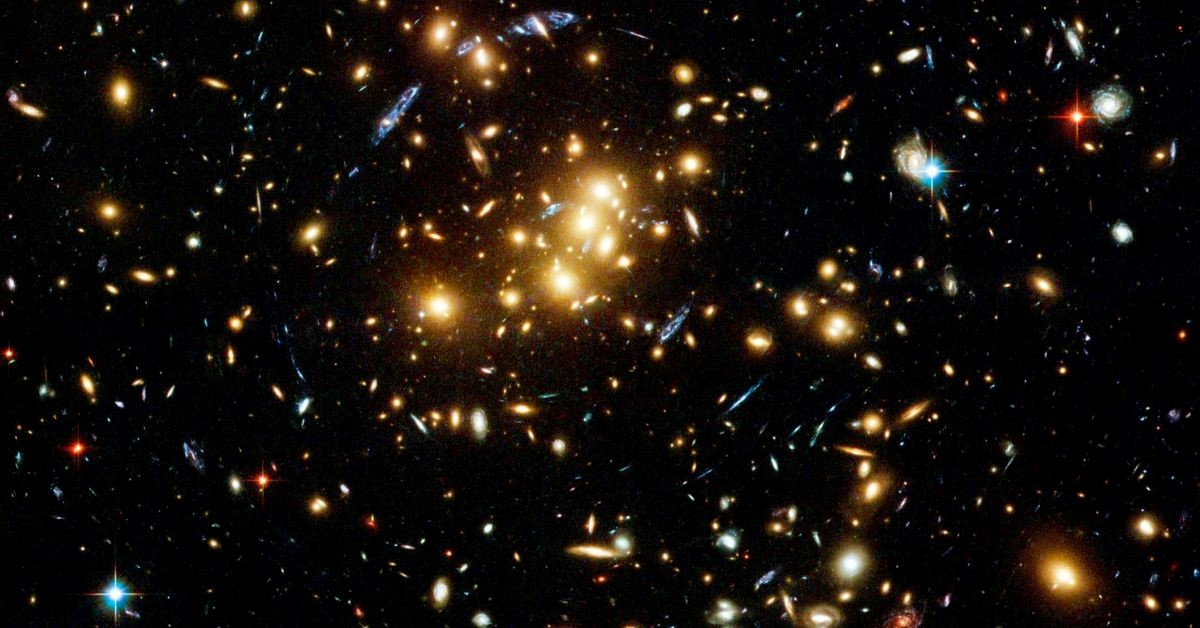Is Dark Matter Real?
Dark matter can’t be seen at all. Since it gives off no visible or detectable radiation, regular detectors and sensors cannot pick it up. Scientists believe that its mysterious makeup holds the key to unlocking its secrets.
Protons, neutrons, and electrons are all examples of baryons, the umbrella term for the subatomic particles that make up visible matter, also known as baryonic matter. The composition of dark matter is only conjectured by scientists. It may be made up of baryons, but it’s also possible that it’s made up of something other than baryons.
Most researchers believe that dark matter is something other than regular baryonic stuff. The leading candidate is WIMPS (weakly interacting massive particles), which are predicted to have masses. You can read Shalini’s best books about Dark Matter to learn more about it.
How Do We Look for Dark Matter?
So, whatever characteristics of dark matter have been experimentally eliminated? To find dark matter, physicists have tried three different experimental methods. Dark matter is assumed to have interactions with standard matter.
The first is that they might collide with particles of regular matter, just like an electron might collide with another electron. Yes, that’s one way they could engage with one another. This would be what’s known as “direct detection” of dark matter since we would be able to observe the aftermath of a dark matter particle colliding with ordinary matter.
There may be dark matter and hidden antimatter particles if dark matter exists and is indeed a particle gas that permeates the galaxy. Dark matter and dark antimatter particles, if they exist, might collide and be destroyed. The results of such a meeting may be significant. This would be an example of an indirect detection of dark matter.
A Mysterious Puzzle of the Universe
Dark matter is still one of many intriguing mysteries in the cosmos. The gravitational twirl of galaxies and the cosmos proves its existence. The mystery of its true nature remains a formidable obstacle to our cosmic comprehension. Scientists are getting closer to addressing the age-old question, “Is dark matter real?” as they continue investigating the phenomenon. Until then, though, the cosmic mystery remains, encouraging us to delve deeper into the cosmos.
Frequently Asked Questions
What’s the deal with dark matter?
Physicists and astronomers may be chasing a mirage, but that doesn’t mean they shouldn’t keep looking. Why? If dark matter doesn’t exist, our understanding of how galaxies, stars, and planets behave breaks down. For more information you can read Book Reviews by Shalini.
Do we have dark matter? NASA says yes.
Dark matter, an invisible matter, accounts for the vast majority of the mass and provides the framework for the entire Universe. The gravity of dark matter pulls ordinary matter (gas and dust) together to form stars and galaxies.
Is there no such thing as ‘dark matter’?
While most astronomers agree that dark matter exists, a few who, attracted by out-of-the-ordinary observations, propose tweaks to the fundamental laws of general relativity to account for them.
To whose credit is the discovery of dark matter?
In 1933, Swiss-American astronomer Fritz Zwicky deduced the presence of dark matter after realizing that the mass of all the stars inside the Coma cluster of galaxies.
What does this dark matter mean for how we interpret the cosmos?
The existence of dark matter is crucial to our understanding of the cosmological structure and dynamics. The ramifications of its existence for cosmology and our knowledge of the Universe’s fundamental forces and particles are enormous.


